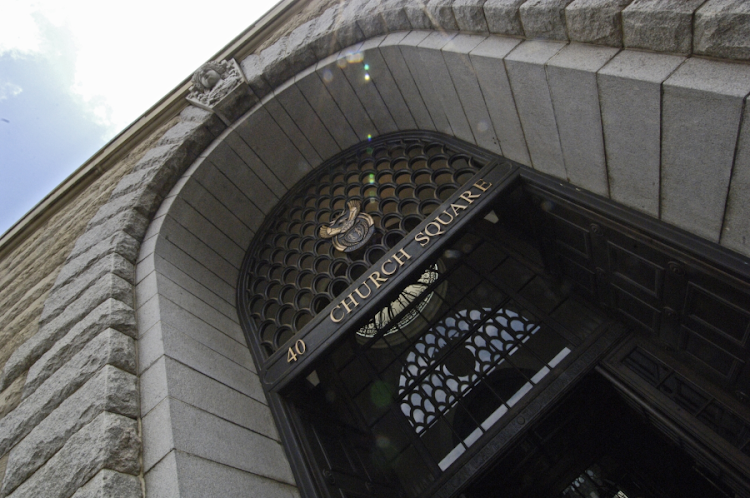Suddenly, things look just a little brighter for SA

A turnaround will take time because changing the structure of an economy is hard to do
At the height of the lockdown I was downbeat about SA’s prospects, largely influenced by the fatigue of Covid-19 news flow here at home and abroad.
Many colleagues in the forecasting business have expressed a similar sense of being downbeat and they did not see any green shoots. Looking back since 2018, there are visible signs of a shift in political willingness and public policy intention and willingness to implement proposed policies.
There is enough to persuade one to follow John Maynard Keynes who said that “when the facts change, I change my mind”. I have been persuaded to shift to a positive view from a negative to neutral view that I have held since Covid-19 hit our shores.
Cyclically, SA’s prospects are influenced by what happens in the global economy and financial conditions, the latter influenced to a great extent by US monetary policy and the direction of the dollar against important currencies. All these factors have turned positive over the medium term.
Global growth is expected to recover, led by emerging markets, with China dominating that recovery. China ranks second with a weight of 24.5% in terms of manufactured products trade with SA. Other countries such as India, South Korea and Thailand are expected to experience robust growth over the next three years. Negating these would be the euro area, the largest single trading bloc accounting for 30% of manufactured trade, which is still strangled by the Brexit standstill.
US monetary policy is expected to keep policy rates stable until 2023 and consequently the US dollar will likely weaken. Over the past 12 months and year to date, the dollar index has weakened by 5.7% and 4.3% respectively. This is equivalent to a global monetary policy stimulus which usually benefit emerging markets growth and commodity prices.
All these global factors are positive for SA’s cyclical recovery, for both the real economy and financial markets. These are uncontrollable but for now they are in the country’s favour and gives room for domestic policy to adjust.
We have seen visible progress on the policy front, but it has been clouded by a few policy decisions that in themselves are not enough to negate the positives. Let me start with these two negatives. The bailout of SAA is seen as a negative by many for good reason as it continues to drain public resources. The delay of spectrum allocation is another one, but delay is not equivalent to no implementation. The truth is that all wars involve the loss of a few battles. SAA is one of those battles where the state’s win has been delayed but not cancelled altogether.
What have we seen that should make us upbeat? Energy reform, though it looks slow, has seen a shift that goes towards energy security and away from a narrow focus on Eskom. The SA Revenue Service has been cleaned up and it continues to improve. Attacks on the National Treasury and the Reserve Bank have died, and that contributes to confidence. The expropriation of land without compensation has shifted and is no longer as big a risk as it was 12 months ago. These in a mere two years represent a big shift.
The negativity about the fiscus is well founded but the Treasury has put us on a path back to sustainability. It will not be done in a year as the unsustainability is the result of many years of policy mistakes. Those reforms are called structural for a reason. They are meant to change the structure of the economy and that is hard to do.
The big one that we need to take note of is political will to do the hard things, and it is visible. These are the facts that should change the views, not SAA or spectrum. These are the ponies that are being sacrificed to win the war on jobs and poverty.
